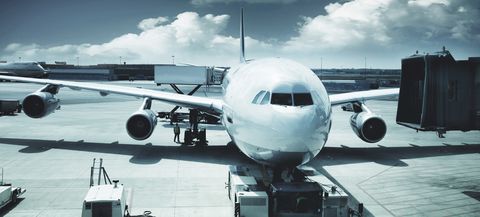TLC
(Total Landed Cost)
TLCs represent the total cost of parts during manufacture.
Landed Cost is a method of calculating the total cost of a product from the time it is manufactured, off the factory floor, to the buyer.
It also includes all supply chain costs such as storage, handling, packaging, empties, customs and other administrative costs. Importantly, all costs are included from the point of manufacture to the point of consumption. Total landed costs thus provide a suitable basis for cost-optimized supplier selection and for the most favorable transport routes. An analysis of TLC is also useful for improving distribution channels. In this way, it is possible to identify whether there are too few or too many storage locations or whether the routes are too long.
Why is the Total Landed Cost important?
In the production and shipping of a product up to the seller there are many individual costs, which are often divided into obvious and hidden costs. Therefore, in some cases it can be difficult to know the total cost of a product. The calculation of landed costs can provide clarity in this case.
Conclusion: Only if the total landed costs are calculated correctly, a successful business can be managed.
Calculation of the Total Landed Cost
There are already some very good tools and accounting programs for calculating the total landed cost. Nowadays, these are no longer calculated by hand, as the effort would be too enormous.
The basic formula:
Product + Shipping + Customs Clearance + Risk + Overhead = Landed Cost
The meaning of each component of the equation:
Product: For the product the unit price of the respective product is used, which was paid for the goods.
Shipping: By shipping is meant not only the packaging of the product, costs are also incurred here in the process with the formation of boxes, packaging, handling and transport.
Customs clearance: The costs incurred here apply to both import and export. As soon as the goods are ordered from foreign traders or suppliers, import fees or export fees are incurred. These include customs duties, taxes, levies, value added tax, port charges and possibly other official fees.
Risk: This includes the costs required to protect the products and the customer. This includes insurance, compliance and quality assurance.
Overhead: Landed cost overhead includes transportation costs, due, dili-gence costs, payment processing fees, currency conversion, commissions, and corporate income tax.

